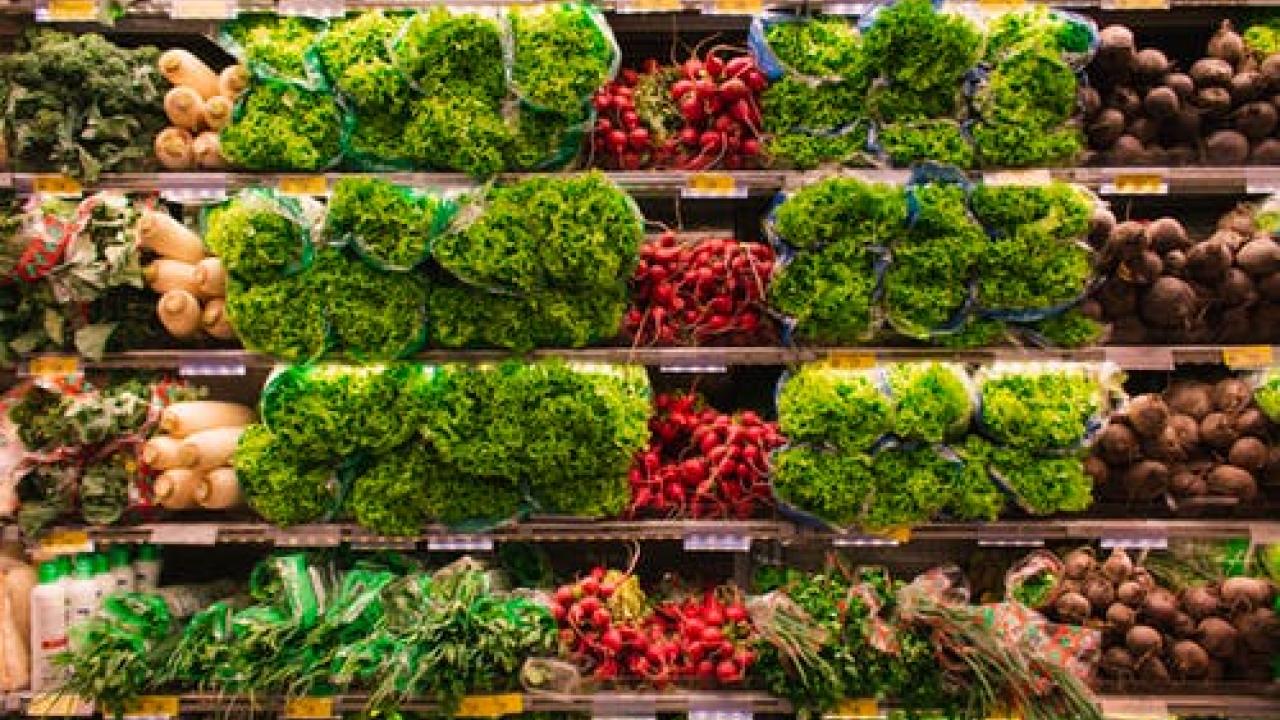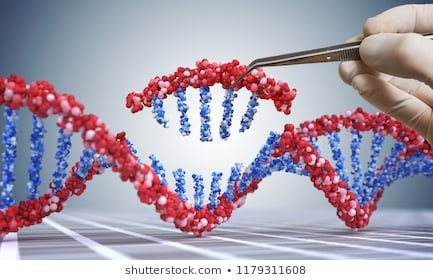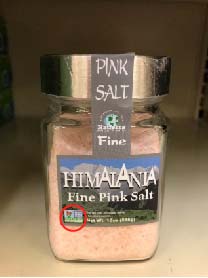
How GMO Labeling Affects Your Wallet
Have you ever been shopping in the grocery store and had a hard time determining if you are getting a fair price for the products you need? You see something relatively inexpensive, like lettuce, but there are several different options, all with different prices. There is your typical iceberg lettuce for $1.35, or organic iceberg lettuce for $3.50, or a large sign that proclaims Non-GMO iceberg lettuce for only $3.00. Which should you choose? You want to be healthy, but you also need to be budget-conscious. Well, here is where being an informed consumer can save you a significant amount of money. The iceberg lettuce and the Non-GMO iceberg lettuce are the exact same thing, because there is no GMO lettuce available on the market in the USA. This sign leads you to believe you are making a choice about whether you agree with consuming GMOs or not. In actuality, this sign is just using consumer fear and uncertainty to charge you more than twice as much for the same product.
What are GMOs?
Genetically modified organisms (GMOs) are living things that have had their genetic code, DNA, altered via genetic engineering. Organisms that can be classified as GMOs are animals, plants, and bacterium.[1]
The first company to utilize genetic engineering commercially was Genentech in the 1970s by way of modifying the bacteria E. coli to produce human insulin.[2] This technology provided an alternate means to produce insulin for diabetic patients. Such is the nature of GMO proponents’ argument for the use of genetically modified organisms, a small change to an existing organism to fulfill the needs of many.
Advocates for GMOs
Advocates for GMOs say that the engineering of desirable traits in organisms helps with increasing demands and a limited supply. In plants, for example, many modifications can be made to consumable crops in order to help increase crop yields and feed an ever-growing world population. GMO crops can be modified to enhance nutritional value, increase resistance to disease, and diminish the spread of viruses.[3] According to the World Health Organization, to date no adverse effects on human health have been shown as a result of the consumption of GMO foods.[4]
Critics of GMOs
However, those in opposition to the use of GMOs are concerned about the long-term effects of genetically modified crops on both the people who consume the food, and the land that yields such crops.[5]
Potential Economic Impact of GMOs
Currently GMO products are used all over the world. Those who are opposed to GMOs have developed various labeling methods to call people’s attention to their use. These labels should not be confused with organic crop labels, which in the USA are issued by the United States Department of Agriculture (USDA) and have a completely separate set of standards for certification that are highly regulated. Whether you are for or against GMOs, do not let these Non-GMO labeling systems adversely affect your wallet!
Know that at present there are only 10 GMO products available to consumers. As a consumer, do not interpret a Non-GMO label to be synonymous with safe, as it pertains to health. Non-GMO labeling is a marketing scheme.

For example, companies pay the Non-GMO Project to conduct a “verification process” that by the Project’s own admission does not include the running of actual tests on the products in question. Instead the Non-GMO Project uses third-party companies to examine a supplier’s “risk to GMO exposure”. The Non-GMO Project even says “GMO Free and similar claims are not legally or scientifically defensible due to limitations of testing methodology”.[6]
However, a new label that is overseen by the USDA identifying foods that are or may be bioengineered will become mandatory in January 2020. This new label defines bioengineered foods as “those that contain detectable genetic material that has been modified through certain lab techniques and cannot be created through conventional breeding or found in nature.”[7]
How Non-GMO Labeling Can Affect Your Grocery Bill
 If you are against GMOs this labeling system does not provide the level of scrutiny they imply. The Project uses consumer anxiety and doubt to enable companies to up-charge you for a product that does not even have a GMO counterpart. For instance, salt commonly has a Non-GMO sticker affixed to it. However, salt is a mineral (halite, also known as sodium chloride, NaCl) and cannot be a GMO because it does not have DNA to modify.
If you are against GMOs this labeling system does not provide the level of scrutiny they imply. The Project uses consumer anxiety and doubt to enable companies to up-charge you for a product that does not even have a GMO counterpart. For instance, salt commonly has a Non-GMO sticker affixed to it. However, salt is a mineral (halite, also known as sodium chloride, NaCl) and cannot be a GMO because it does not have DNA to modify.
Use a critical eye when examining products at the grocery store. Think, does this product contain DNA? If so, is this product one of the 10 crops that has been genetically modified and could be available at the supermarket? If you answer no to either of these questions, do not pay a large mark-up in price for a Non-GMO sticker.
 Unfortunately, companies are well aware they can increase the price on a product by suggesting it is “safer” with additional labels and logos. The Non-GMO Project even solicits to companies by inferring their stickers are more than worth the price companies pay for verification because “verified status on their products benefit from the overall promotional efforts of the Project”.[6]
Unfortunately, companies are well aware they can increase the price on a product by suggesting it is “safer” with additional labels and logos. The Non-GMO Project even solicits to companies by inferring their stickers are more than worth the price companies pay for verification because “verified status on their products benefit from the overall promotional efforts of the Project”.[6]
Takeaway Message
This article will hopefully start a new conversation about GMOs, by supporters and opposers alike, to increase awareness of a marketing scam that could be costing you hundreds of dollars.
Jackie Woods is a Science Communication Intern and a PhD candidate in the Biomedical Engineering department. For more content from the UC Davis science communication group "Science Says", follow us on twitter @SciSays.
References
[2] J. Smith, Humble Beginnings: The Origin Story of Modern Biotechnology, 2019. https://labiotech.eu/features/history-biotechnology-genentech/. 2019).
[3] A. Barrell, What are the pros and cons of GMO foods?, 2019. https://www.medicalnewstoday.com/articles/324576.php. 2019).
[4] W.H. Organization, Frequently asked questions on genetically modified foods, 2014. https://www.who.int/foodsafety/areas_work/food-technology/faq-genetically-modified-food/en/. 2019).
[5] GMO Facts. https://www.nongmoproject.org/gmo-facts/. 2019).
[6] Verification FAQs. https://www.nongmoproject.org/product-verification/verification-faqs/. 2019).
[7] BE Disclosure https://www.ams.usda.gov/rules-regulations/be. 2019).
Additional Reading
For more on the debate surrounding GMO/bioengineering labeling, check out Science Says’ blog on the topic, as well as these other sources may be of interest:
http://sitn.hms.harvard.edu/flash/2015/will-gmos-hurt-my-body/
https://scimoms.com/intro-to-gmos/

Comments